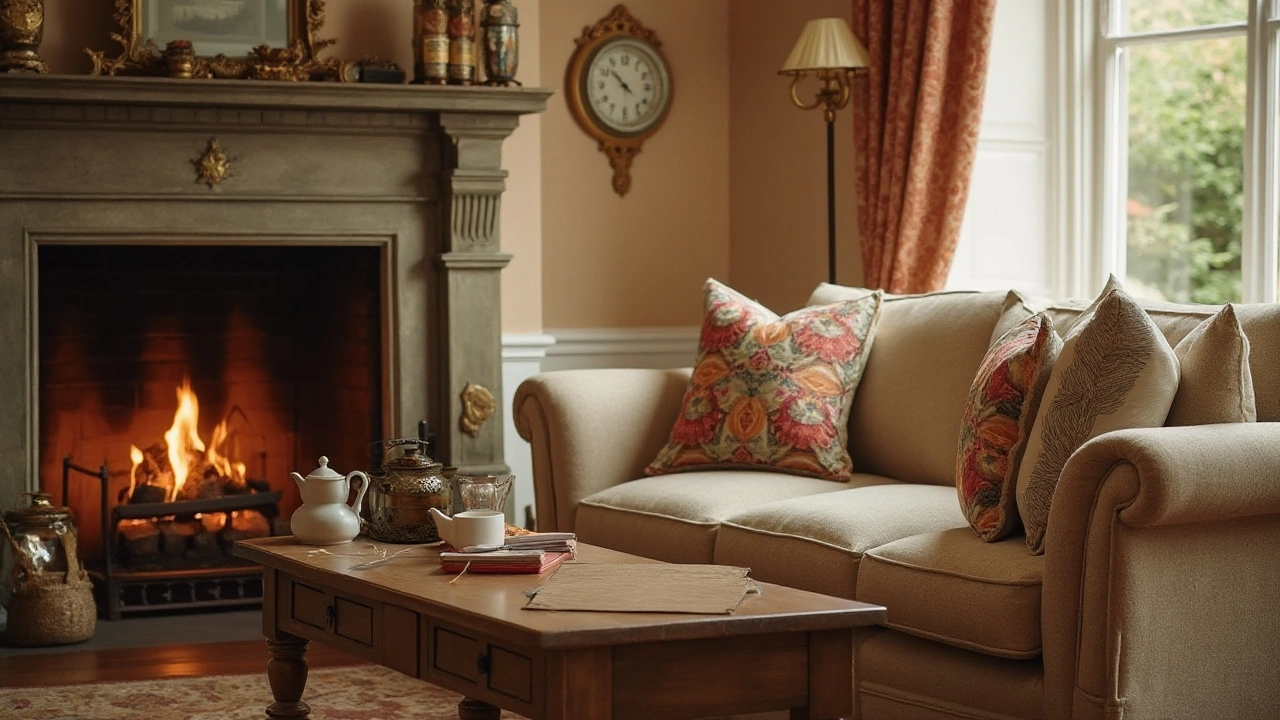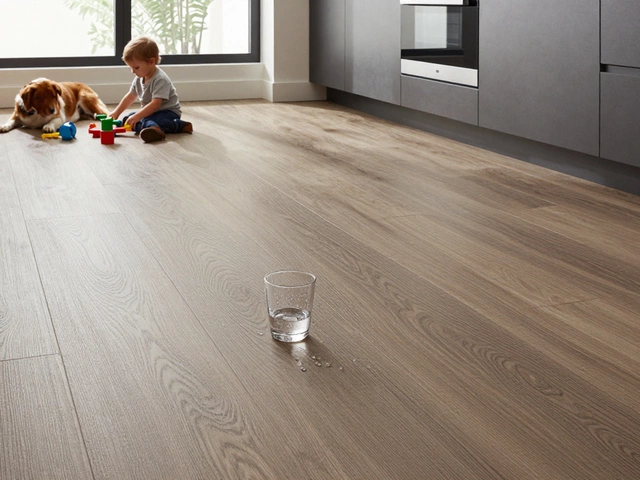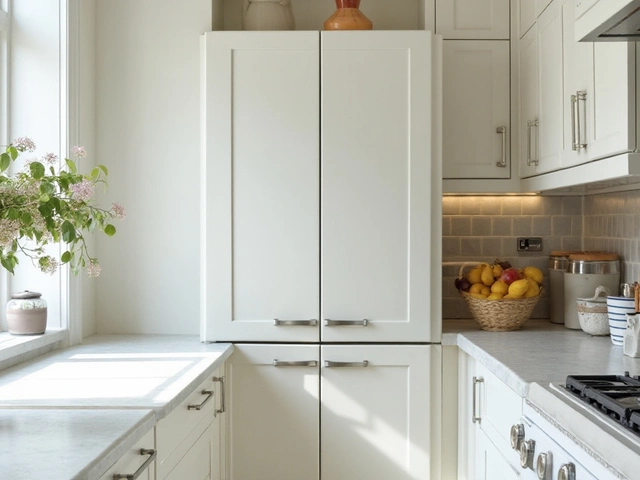Cushion Material Guide: Fabrics, Fill and How to Pick the Right One
When you sit down on a couch, the cushion feels like a tiny piece of comfort engineering. The right fabric and fill can make a sofa feel brand‑new for years, while the wrong combo can wear out fast. This guide breaks down the most common cushion materials, what they’re good for, and how to choose the best match for your home.
Cover Fabrics: Feel, Look and Durability
Cotton is soft, breathable and easy to clean. It’s great for casual living rooms where families spill drinks. Look for a tight weave or a cotton‑blend to improve durability.
Linen offers a relaxed, natural look. It’s a bit more wrinkly than cotton but gets softer with use. Choose a linen‑cotton mix if you want the look without the high maintenance.
Velvet adds a plush, luxe vibe. It’s perfect for a statement sofa or a bedroom chaise. Velvet can snag, so a low‑pile or synthetic blend works better in homes with kids or pets.
Polyester & Microfiber are budget‑friendly and very stain‑resistant. They mimic the look of natural fibers while standing up to heavy traffic. A tight weave keeps the surface smooth.
Leather feels cool in summer and warm in winter. It ages beautifully, but regular conditioning is a must. If you love the look but worry about cost, consider faux leather – it’s easier to clean and cheaper.
Fill Types: Support, Bounce and Longevity
High‑density Foam gives firm support and holds shape for a long time. It’s ideal for seating that gets daily use. A foam core with a softer top layer balances firmness and comfort.
Memory Foam reacts to body heat, creating a hug‑like feel. It’s great for a lounge chair or a recliner where you want a little sink‑in effect. It can retain heat, so use it in cooler rooms.
Down & Feather feels cloud‑soft and cushions you gently. It’s perfect for a decorative throw pillow or a spare cushion you flip often. Down needs a good cover to stop leaks, and it will flatten over time.Fiberfill (Polyester Batting) mimics down but is more affordable and hypoallergenic. It’s easy to spot‑clean and works well in pillows that you rotate regularly.
Latex offers bounce and natural resilience. It’s a good choice if you need a cushion that springs back quickly, such as in a gaming chair. Latex can be pricier but lasts a long time.
Mixing fills is common – a foam base for support topped with down or fiberfill for softness. This combo gives both structure and a plush feel.
Now that you know the basics, here’s a quick cheat‑sheet to help you decide:
- High‑traffic family room: Polyester cover + high‑density foam.
- Cozy reading nook: Linen or cotton cover + a foam‑down mix.
- Formal living room: Velvet or leather cover + memory foam or latex.
- Pet‑friendly space: Microfiber or leather‑look cover + fiberfill.
- Budget makeover: Polyester cover + fiberfill.
Before you buy, feel the fabric in natural light, sit on a sample cushion, and check the cushion’s edge for stitching quality. Good stitching means the fill stays where it belongs.
Remember, the right cushion material makes cleaning easier, extends the life of your furniture, and keeps you comfy. Use this guide, test a few options, and you’ll end up with cushions that look great and feel right for years to come.






